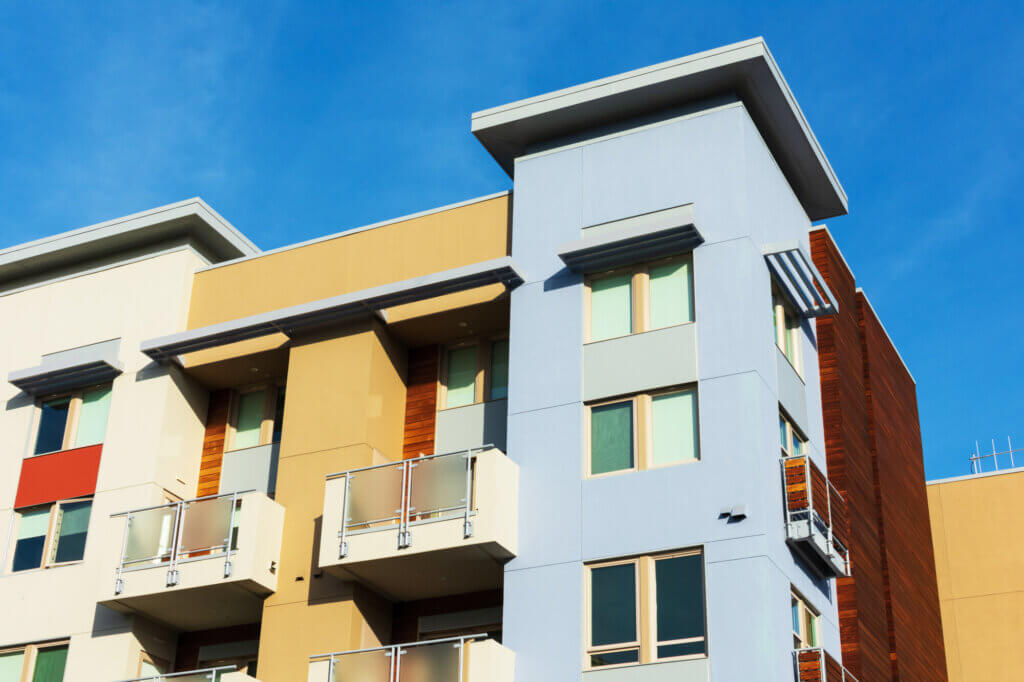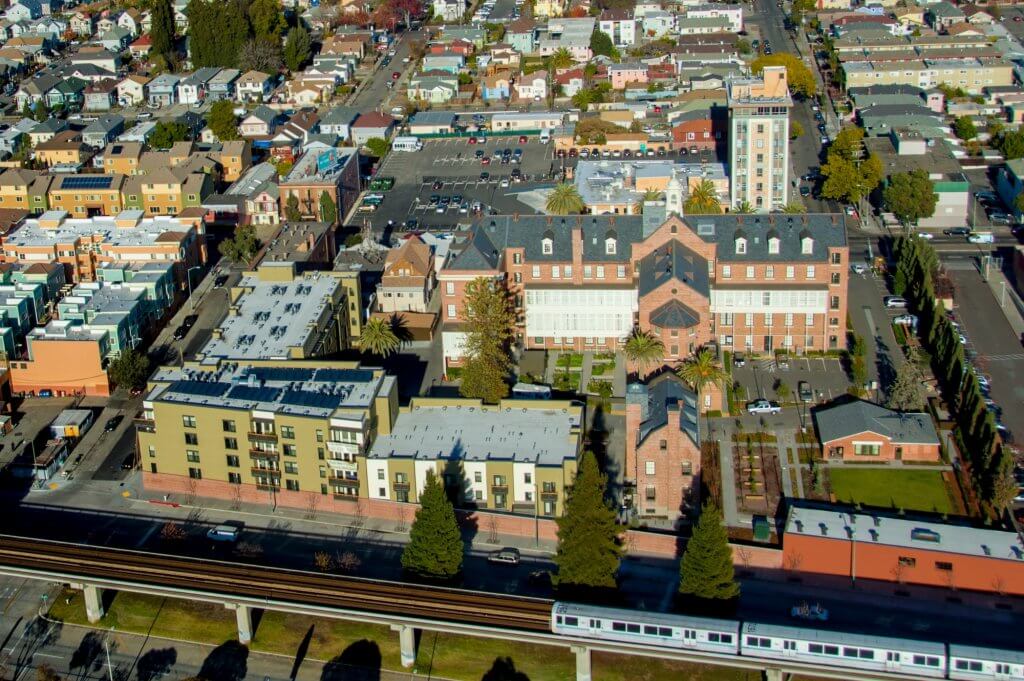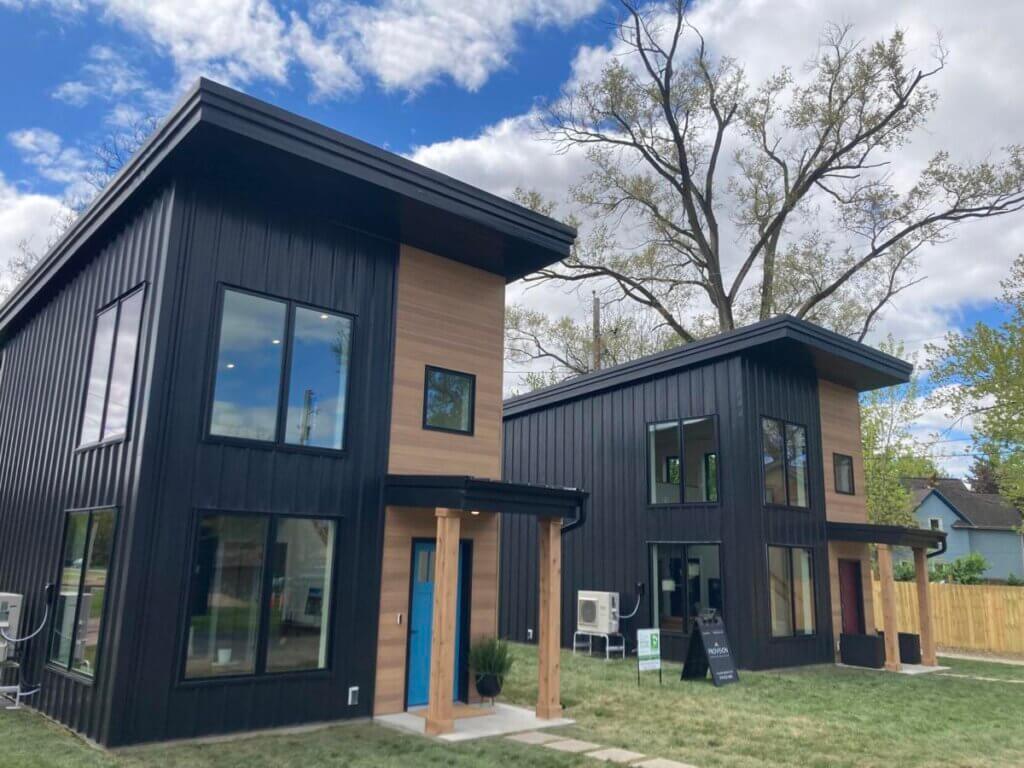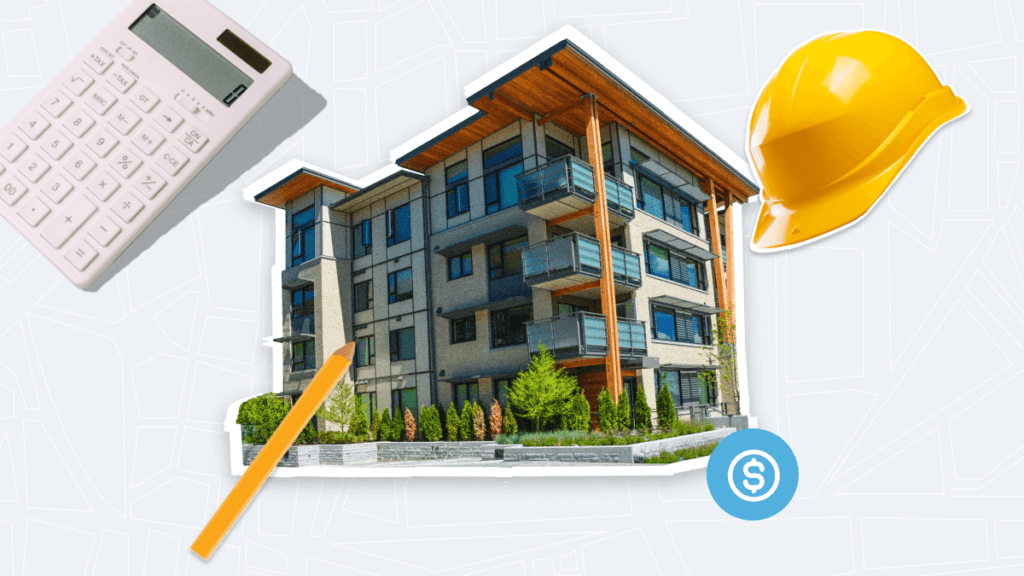Measuring the Housing Permitting Process in San Francisco
Published On July 24, 2018
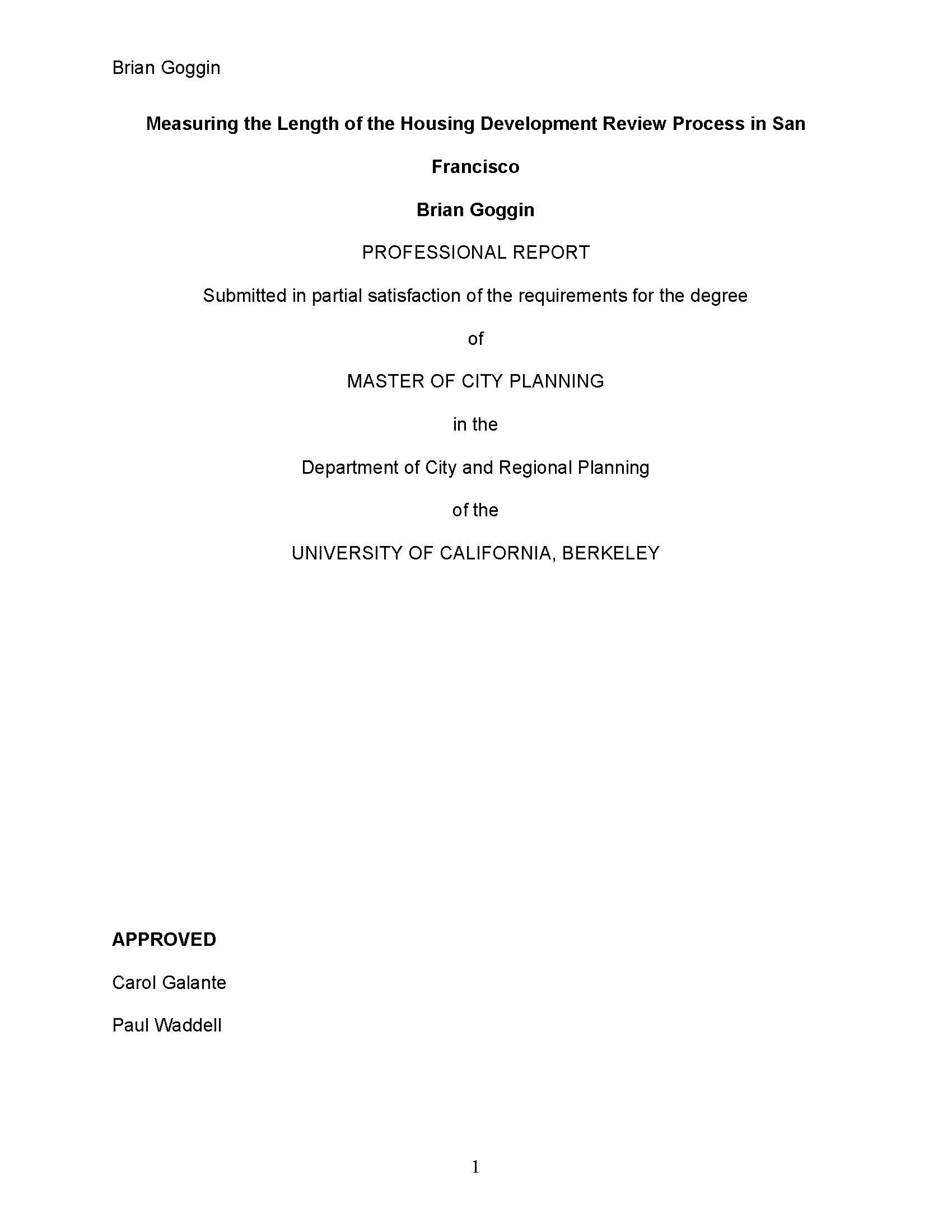 As part of our commitment to the education and professional development of UC Berkeley students, the Terner Center highlights exceptional student work that connects to our mission and research agenda. The analyses and policy proposals put forth in these projects may not be reflective of the official position of the Terner Center.
As part of our commitment to the education and professional development of UC Berkeley students, the Terner Center highlights exceptional student work that connects to our mission and research agenda. The analyses and policy proposals put forth in these projects may not be reflective of the official position of the Terner Center.
A Professional Report submitted in partial satisfaction of the requirements for the degree of Master of City Planning in the Department of City and Regional Planning of the University of California, Berkeley, May 2018. The full report is available here.
Author: Brian Goggin
Reviewing Committee: Carol Galante and Paul Waddell
Despite the impacts of the discretionary review process for housing, there is no comprehensive accounting of just how long the process takes. This paper estimates the lengths of various stages of the official permitting review and post-review construction process for a sample of 2,474 housing developments between mid-2009 and early 2017. The results suggest that there is large potential in permit streamlining particularly for mid-sized developments, which are much cheaper to construct and so could have a dramatic impact on the production of affordable housing in the city.
Report Summary
How long does it take to get a building permit in the Bay Area? Ask 10 developers, you will likely get 10 different answers. But there’s no doubt that all of them would say “too long”! Because permitting time is the most time-consuming component of the overall development process, there’s reason to be concerned: long permitting times can raise the costs of building, and sometimes even stop projects in their tracks, an especially negative outcome in a region that so desperately needs new supply.
Table 1. Average Permitting and Development Time from Sample (Projects Adding ≥ 10 Units)(1)

I looked at data from the San Francisco Planning Department’s Development Pipeline Reports from 2009 through 2017. In addition to permitting times, this data set includes information about a project’s size, location and whether or not it included below-market-rate units. Despite their importance in the production of new housing supply, our understanding of how the permitting process is working in practice is surprisingly limited. In a capstone project for my Master’s of City Planning degree completed this past spring, I explored this topic through an analysis of data from San Francisco specifically.
The results explain why each developer has their own estimate: there is no standard permitting timeline. Project permitting ranges from less than one year to up to fourteen years, with little consistency across project types (Figure 1).
Figure 1. Permitting Time Histogram (Projects Adding ≥ 10 Units)

I also compared permitting times by project size and location. This reveals some interesting results. First, there isn’t a clear difference in permitting times between medium or large-scale housing projects. For example, projects adding 10-50 units take about the same time to permit as those adding 100+ units. This is not what we might expect, since mid-sized projects should presumably have less impact on the surrounding environment and therefore undergo less review (or put differently, you’d expect larger projects—with greater perceived and real impacts on surrounding communities—to receive comparatively more scrutiny).
Figure 2. Permitting Time by Project Size (All Projects)

Note: Sample sizes in each category are (from left to right): 922, 89, 32, 28, 18.
I do, however, find that location matters: permitting times are generally longer relative to the size of new developments in outlying neighborhoods than in the northeastern, urbanized core of the city. I have two theories as to why this might be. First, the urbanized areas of the city have area plans that allow for some environmental review streamlining, which means that fewer projects get hung up in many-tiered approval processes. Second, NIMBY resistance to development could be more intense in outlying neighborhoods that are generally older, have more homeowners, have more wealth and tend to be more politically engaged.(2)
This geographic disparity in permitting times has equity implications, as wealthier areas in the western and southern parts of the city appear to have some of the longest review times. In turn, most of the affordable housing is being built in areas in the eastern half of the city. While this does mean that, on average, affordable housing tends to have lower relative permitting times (Table 2), it nevertheless points to uneven patterns in not only how long permitting takes, but also where and what kind of housing is built across the city.
Table 2. Relative Development Times (Weeks Per Unit Added): Affordable Versus Market-Rate

Note: Rounded to the nearest week.
These findings suggest numerous areas for potential improvement for San Francisco’s permitting process. There is likely enormous potential in expanding permit streamlining efforts—such as area plan designations—to the western and southern parts of the city. In addition, the city may want to consider strategies for reducing requirements on mid-size buildings that can add much-needed housing with less impact than larger apartment buildings. The research also points to the need for better data to allow us to untangle the dynamics of development in the city. The data presented in my report have important limitations: the broader data set is error-prone and requires a number of assumptions to identify start and end dates, which results in a smaller sample than the actual universe of projects and likely underestimates actual permitting times.(3)
However, this analysis illustrates the variability of permitting review times for housing developments across the city, and points to some underlying explanations. In particular, more detailed data on the lengths of different parts of the permitting process could help identify the causes of permitting delays.
(1) Data comes from a limited sample of projects between 2009-2017, 167 with data on permitting times and 137 with data on total development times. See full capstone project for more details.
(2) See voter turnout maps within San Francisco here.
(3) My data construction and cleaning process built on the earlier work of volunteers at Code for San Francisco, including Sanat Moningi, Jeff Quinn and Tyler Field. I thank them for their efforts.


